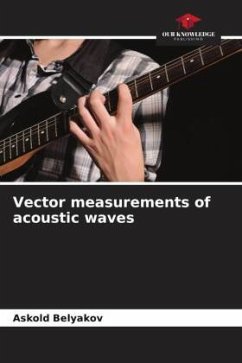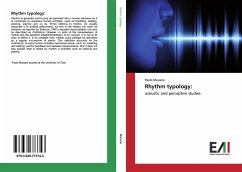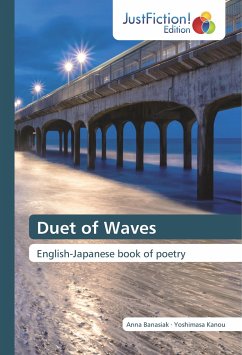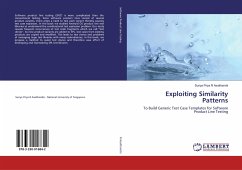The book describes the history of a sensor for measuring the vector characteristics of ambient sound with high sensitivity, which uses a new conversion principle. It all started with the measurement of large forces. Then the possibility of measuring small and ultra-small forces was successively studied. New sensor designs were created for this purpose. When measuring ultra-small forces, there were problems with vibration interference, the frequency composition of which was at the end of the infrasound and the beginning of the audio range. Their study led to the idea of creating a new sensor for measuring sound waves in solid and liquid media of the Earth's crust. The book may be useful for seismologists, archaeologists, and hydroacousticians.








